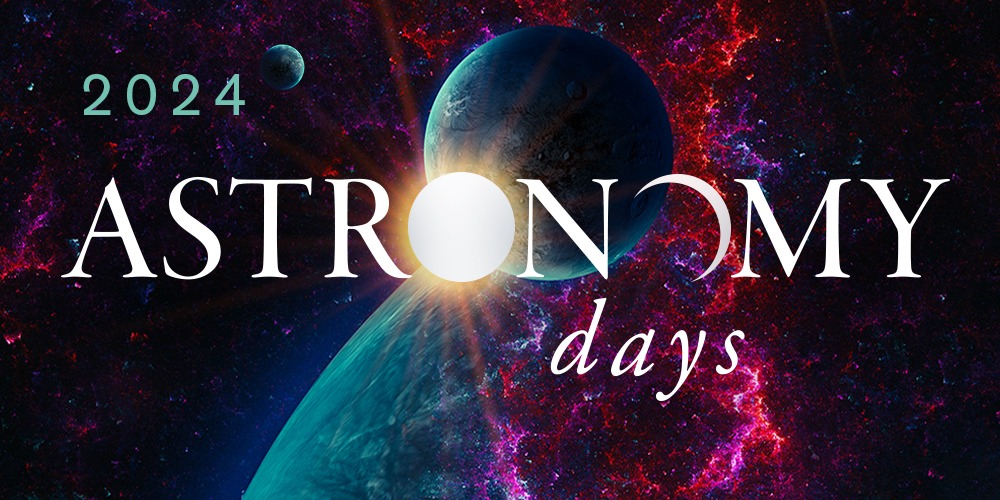Asteroids and meteorites abound at Museum’s Astronomy Days event, Feb. 3-4
For immediate release ‐ January 17, 2024
Contact: Kerry Irish, 252.269.4169. Images available upon request

[RALEIGH, N.C.] — It’s time for lift off when the North Carolina Museum of Natural Sciences hosts Astronomy Days, Saturday and Sunday, Feb. 3–4, 10 a.m.–5 p.m. Go on a celestial adventure that explores the wonders of the universe through technology, telescopes, engaging talks and plenty of hands-on activities.
This year the Museum highlights asteroids and meteorites — the most primitive relics from our solar system’s formation approximately 4.6 billion years ago. What’s the difference between an asteroid and a meteorite? Location, location, location. Asteroids are (mostly) rocky bodies found in space — they’re called meteors when they enter the atmosphere, and meteorites when they hit the ground.
This year’s keynote speaker is NASA Astronaut Dr. Kjell N. Lindgren, who was selected as an astronaut in June 2009 as one of the 20th NASA astronaut class. Lindgren flew on Expedition 44/45, logging 141 days in space, and served as commander of NASA’s SpaceX Crew–4 mission to the International Space Station in 2022, where he logged an additional 170 days in space. Lindgren will be speaking on Saturday at 11 a.m. and 1 p.m. and Sunday at 11 a.m.
Visitors can enjoy displays and activities from solar observation to making their own comet on a stick. Or find out how much you would weigh on Venus, and how high you could jump on Pluto.
Presentations range from a scientific look at asteroid disaster movies to how NASA is keeping us safe from dangerous asteroids. And did you know Betelgeuse the star (not “Beetlejuice” the movie) is nearing the end of its life? Astronomers predict it will explode in a brilliant supernova within the next 100,000 years, and recent changes suggest it may happen earlier than that. (Still, don’t hold your breath.)
Astronomy Days is presented in collaboration with the Raleigh Astronomy Club. The event is made possible with financial and promotional support from NC Space Grant and in-kind support from Pepsi Bottling Ventures. For more information about Astronomy Days, visit naturalsciences.org/astrodays or contact Kari Wouk at kari.wouk@naturalsciences.org or 919.707.9879.
For more information about our upcoming activities, conservation news and groundbreaking research, follow @NaturalSciences on Instagram, Twitter and Facebook.
About the NC Museum of Natural Sciences
The North Carolina Museum of Natural Sciences in downtown Raleigh (11 and 121 W. Jones St.) is an active research institution that engages visitors of every age and stage of learning in the wonders of science and the natural world. In addition to two downtown buildings showcasing seven floors of world-class exhibits, the Museum runs Prairie Ridge Ecostation, a 45-acre outdoor education and research facility in west Raleigh, as well as satellite facilities in Whiteville, Greenville and Grifton (Contentnea Creek). Our mission is to illuminate the natural world and inspire its conservation. Downtown Raleigh Hours: Tuesday–Sunday, 10 a.m.–5 p.m. General admission is free. For more information, visit www.naturalsciences.org.
About the North Carolina Department of Natural and Cultural Resources
The N.C. Department of Natural and Cultural Resources (DNCR) manages, promotes, and enhances the things that people love about North Carolina – its diverse arts and culture, rich history, and spectacular natural areas. Through its programs, the department enhances education, stimulates economic development, improves public health, expands accessibility, and strengthens community resiliency.

